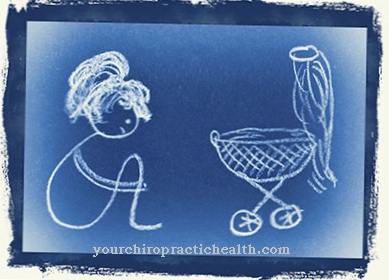Like the otroscopy, this is also a part Nasoscopy (rhinoscopy) to the routine examinations of an ENT doctor. In order to be able to clarify diseases or disorders inside the nose, rhinoscopy is used at almost every visit to the ENT doctor.
What is the nasoscopy?

The Nasoscopy (rhinoscopy) is used to examine the inside of the nose (main nasal cavity) and the nasopharynx. A distinction is made between the anterior nasoscopy (rhinoscopia anterior), the middle nasoscopy (rhinoscopia media) and the rear nasoscopy (rhinoscopia posterior).
The ENT doctor uses what is known as a nasal speculum for the anterior nasoscopy. These are kind of metal pliers with a funnel at the end. The so-called nasal endoscope is used for the middle nasal examination.
This is a flexible or rigid tube with a light source and a small camera at the end. The posterior nasoscopy is performed with the tongue depressor and an angled nasopharynx mirror
Function, effect, goals & application
The ENT doctor receives through the Nasoscopy Information about the structure of the inside of the nose and the structure of the nasal mucosa. He can also examine existing nasal secretions better.
The posterior nasoscopy can also be used to determine the presence of inflammation of the maxillary sinus. The ENT doctor recognizes such an inflammation by the presence of a purulent discharge. In addition, with the help of the nasoscopy, possible new or malformations inside the nose (e.g. nasal polyps, tumors) can be detected. A nasoscopy is an operation that is usually pain-free.
If there is inflammation in the nasal area or if a nose operation has been carried out, the doctor can prescribe a decongestant or local anesthetic nasal spray to avoid possible pain. In general, a nasoscopy is a low-risk and painless diagnostic procedure.
The nasoscopy is carried out by the doctor with the help of various instruments. As the name suggests, the anterior nasoscopy looks at the nose from the front. The entrances to the nose are expanded with the help of the nasal speculum. The anterior nasal passages as well as the entire nasal cavity can be viewed with the help of a light source or a reflecting mirror on the forehead. If the view is obstructed by crusts, blood or mucus, these are carefully removed with a cotton swab or suctioned off during the nasoscopy. If the ENT doctor detects inflammatory changes, he will take a swab and have the material examined in the laboratory.
The middle nasoscopy is performed with the help of the so-called nasal endoscope. In this case, the ENT doctor will numb the nasal mucosa with a special spray. Ultimately, the posterior nasoscopy is performed through the oral cavity with an angled mirror. The tongue is pressed down with a spatula. The patient should breathe through the nose if possible in order to create a large distance between the soft palate and the back of the pharynx and thus facilitate the nasoscopy.
For the ENT doctor, the nasoscopy is an important aid in making a diagnosis. Rhinoscopy provides information about the nature and condition of the inside of the nose, and when diagnosing maxillary sinus inflammation, it is even part of the basic diagnosis. The diagnosis most frequently made during a nasoscopy is the oblique nasal septum (septal deviation).
In addition, polyps, mucous membrane ulcers, swellings of the mucous membrane or turbinates, accumulations of pus and blood, tumors or even foreign bodies are detected. Enlarged tonsils, polyps or even thickened posterior turbinate ends can be diagnosed with the posterior nasoscopy.
Risks, side effects & dangers
The Nasoscopy (rhinoscopy) generally has no risks and side effects. Nasal mirrors come in different sizes so that the ENT specialist can choose the right size for each nostril. This makes the nasoscopy painless and safe for the patient.
In general, when the speculum is spread open, the ENT doctor makes sure that it does not exert great pressure on the sensitive septum of the nose.
As a rule, the pressure is only applied to the rather insensitive nostrils. If there are inflammations that lead to pain during the examination, the ENT doctor will use a nasal spray for the nasoscopy, which has an anesthetic effect.

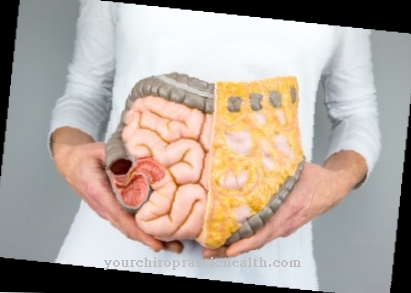

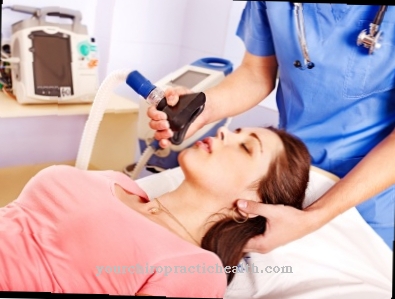






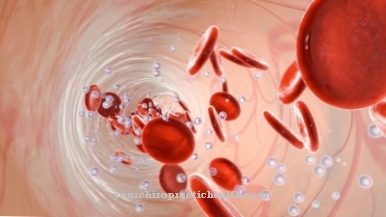


.jpg)
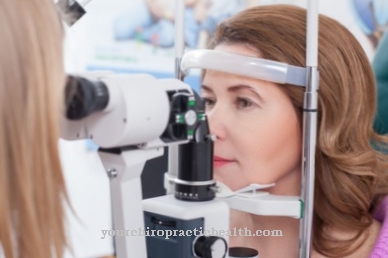










.jpg)
